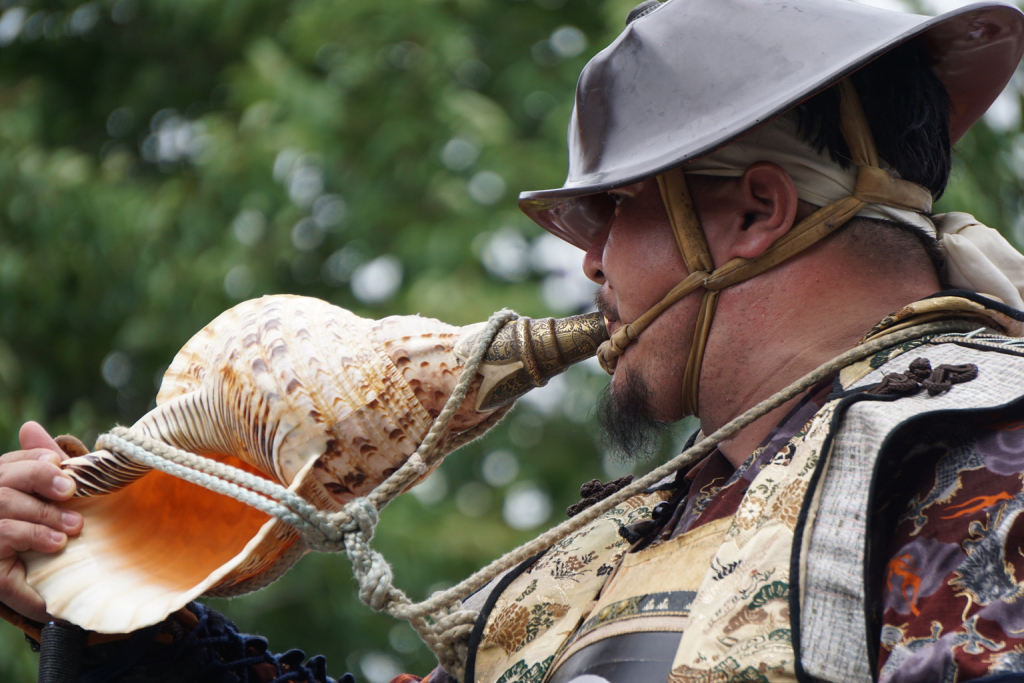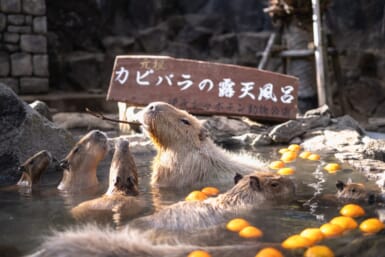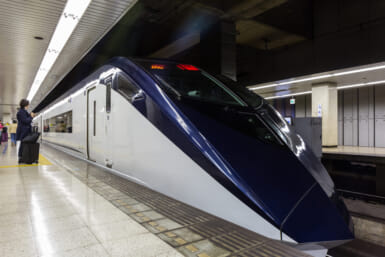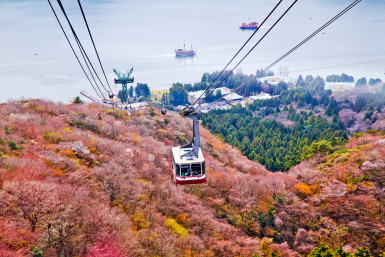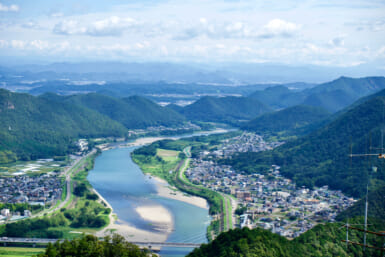Around 400 horse-riding flag-bearing samurai warriors in armor sprinting across the fields is a sight that warps all sense of reality. But it opens a convincing portal to the past for three days straight in Soma City and Minamisoma City, Fukushima Prefecture.
The Soma Nomaoi festival takes place every year, in the last week of July, and is an important intangible folk cultural property of Japan. The Soma region is a famous horse-breeding area and it has the Chinese character for horse in its name to prove it. Legend has it that the Soma Nomaoi event was founded 1,000 years ago by a distant ancestor of the Soma clan, Taira no Masakado. What used to be a military exercise transformed into a Shinto ritual to pray for peace. Soma Nomaoi festival has successfully adapted to the times while keeping most of its traditions going to this day.
History marks the end of the samurai in Japan and the start of the Imperial Meiji Restoration in the second half of the 19th century. But an end to a military class doesn’t mean an end to traditions interwoven with rich local culture.
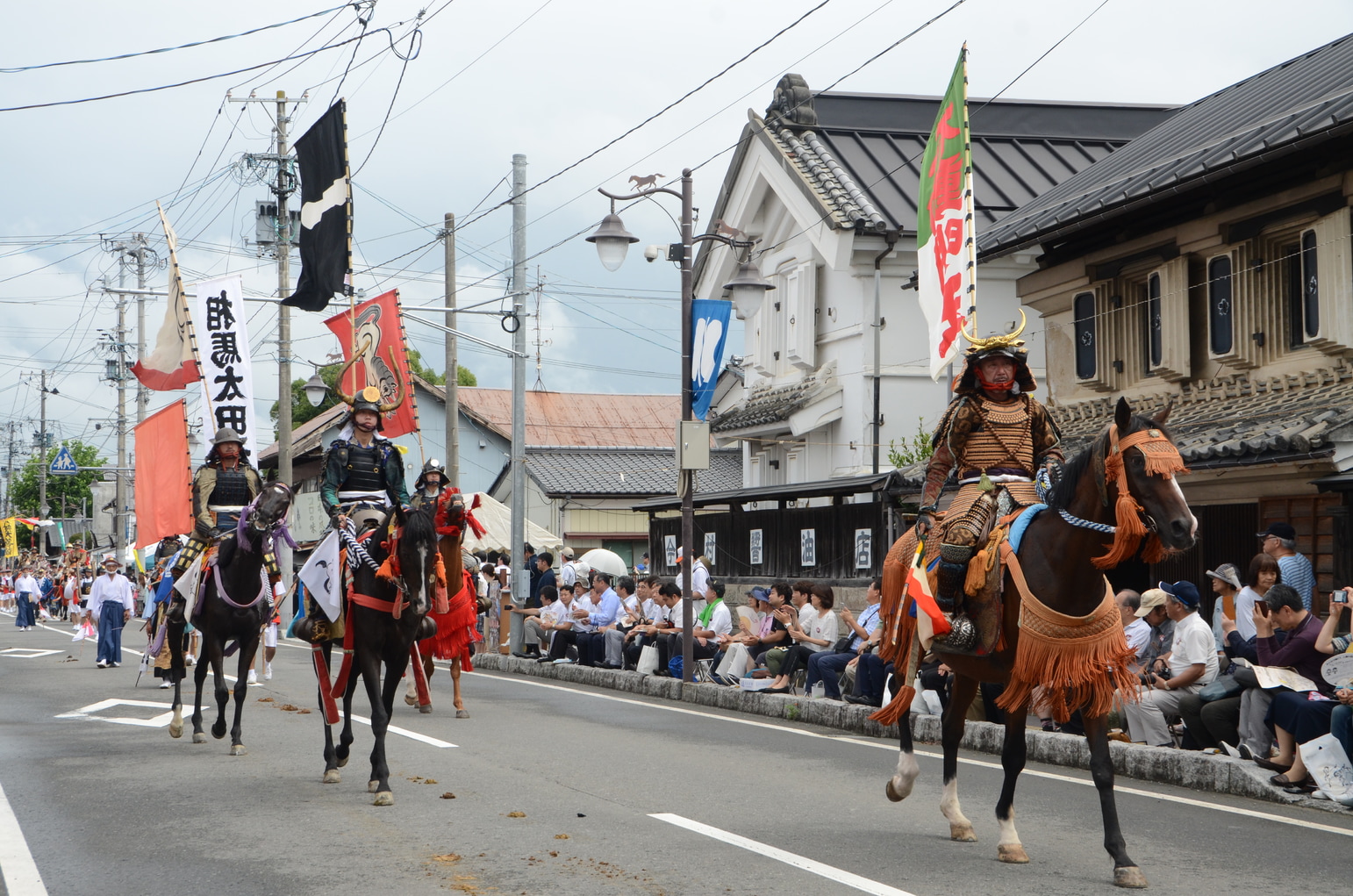
Day 1
The festival starts solemnly, with traditional samurai armor being worn and the chanting of the Soma Nagareyama song. Many of the participants own their armor and horse, but some can borrow them from locals or equestrian clubs. The men, and occasionally young women, take their roles seriously, greeting the Supreme Commander who gives the starting signal. At his mark, warriors blow into conch shells and everyone departs for the Hibarigahara Festival Grounds.
Participants gather in three main shrines: Soma Nakamura Shrine (Soma City), Soma Ota Shrine (Minamisoma, Haramachi district), and Soma Odaka Shrine (Minamisoma, Odaka district) from where they depart. The procession can be watched in any of the three locations.
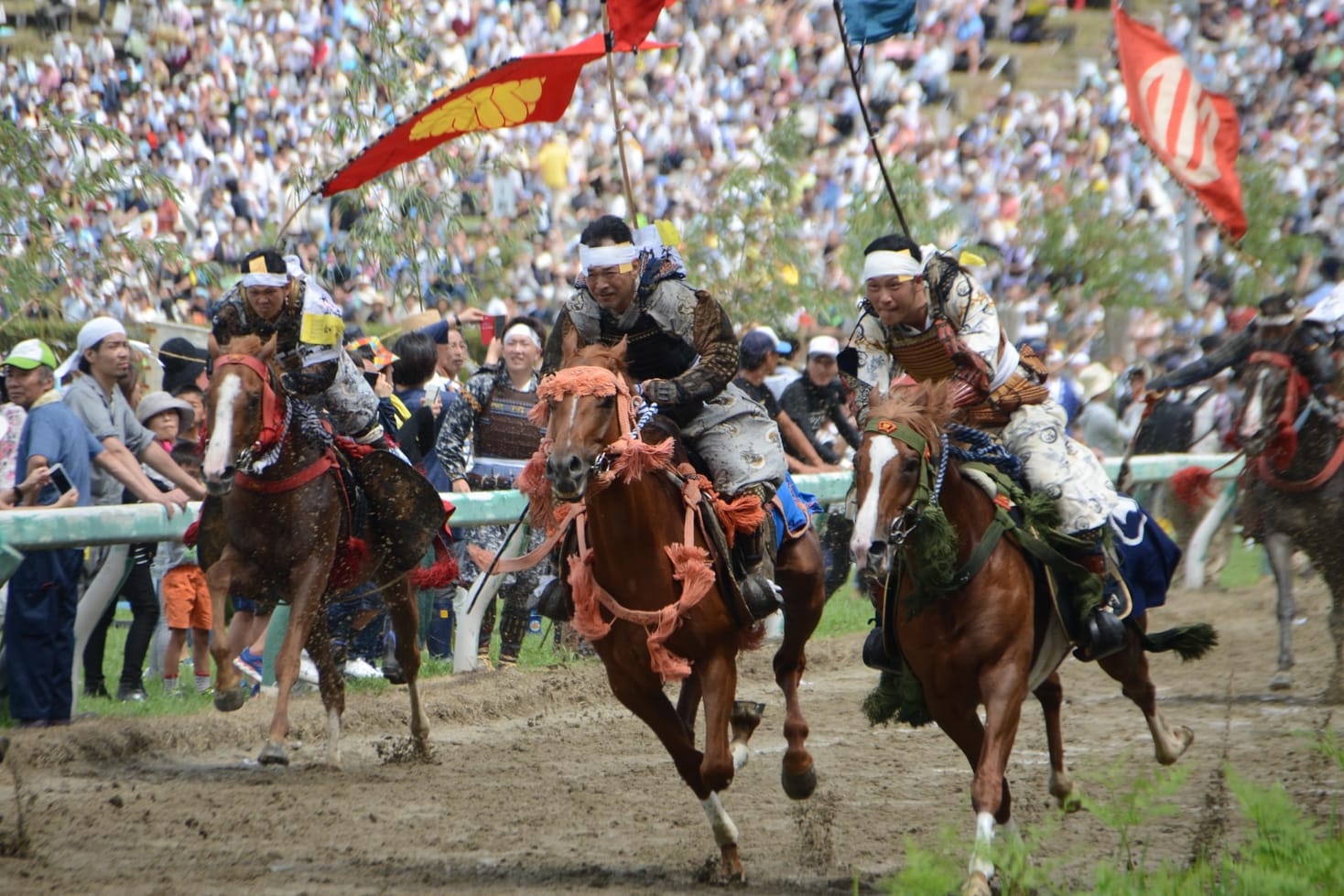
Day 2
There is a pre-race on the evening of day one, but the Soma Nomaoi culmination is undoubtedly on day two. It starts in Haramachi-ku in Minamisoma City with a joint procession of all three groups of samurai from day one now combined called Ogyouretsu (Grand Procession).
Kacchu Keba, the biggest armed horse race event, is held at noon in the Hibarigahara grounds. Ten races with ten horsemen in each race complete a 1,000-meter loop. One hundred samurai with ancestral flags streaming behind them, as if just materialized from history books.
The day ends with the Shinki Soudatsusen battle, in which yet another 100 samurai compete for two flags shot into the air with cannons. The glory goes to those that capture them.
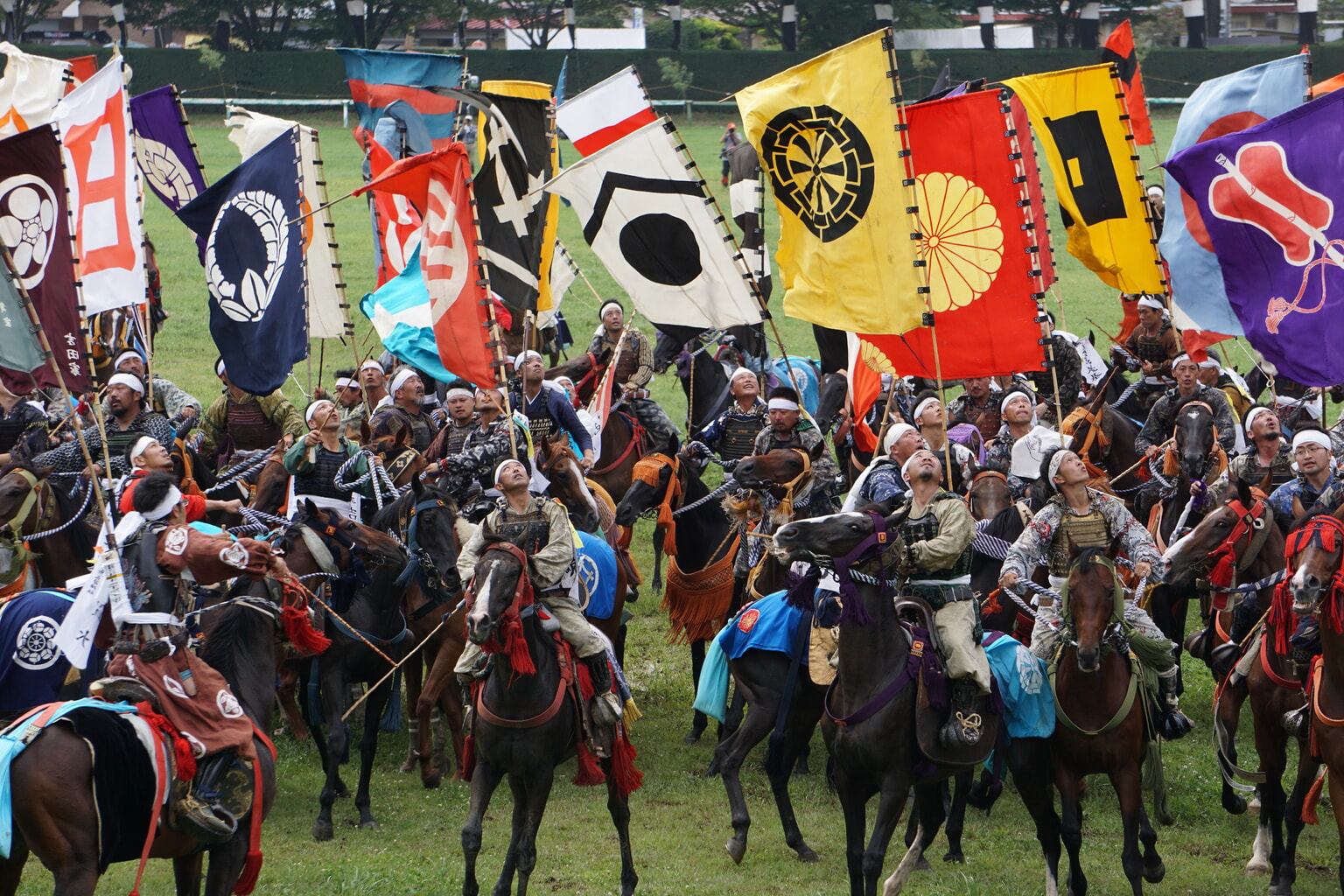
Participants look at the flags launched from the cannon
Day 3
The festival winds down with the sacred Nomagake ritual. Inspired by the legend about Taira no Masakado and his wild horses, this activity is all about catching unsaddled horses with bare hands. Once caught, they’re dedicated to the Odaka Shrine as sacred horses.
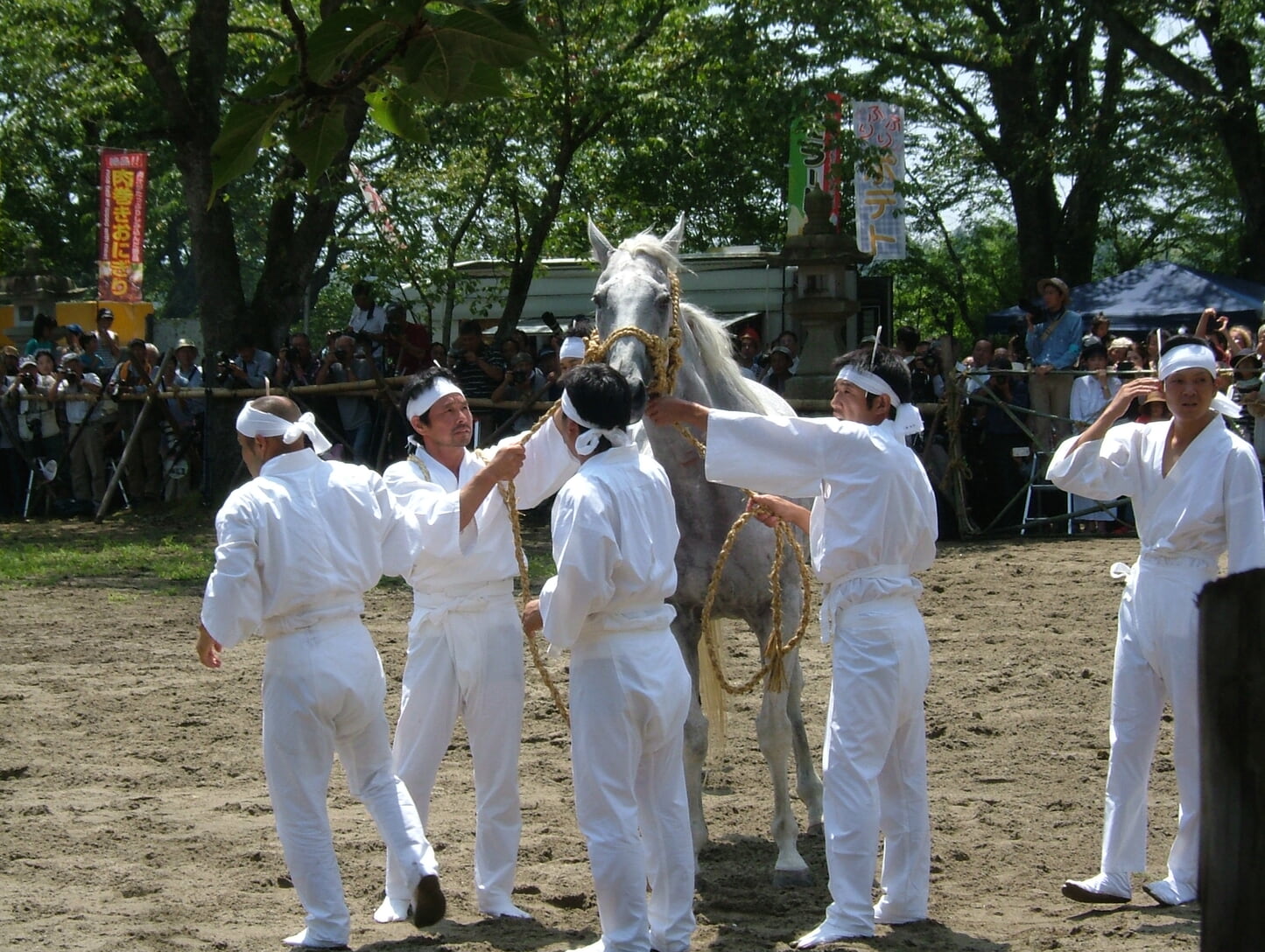
Persevering Through the Times
A legendary festival with a deep and fascinating history, Soma Nomaoi is not in the business of giving up. Adversity only brings out the true samurai spirit. Even though the area was affected by the 2011 Tohoku earthquake and tsunami, they speedily decontaminated the festival ground and held a scaled-back version as soon as 2012.
Recently, the 2020 pandemic also threw a spanner in the works. The festival was canceled, with just the Shinto ritual held. However, taking a page from the Tokyo 2020 Olympic Games book, the festival took place without spectators in 2021. The samurai spirit of the local residents and participants means they are already preparing for 2022, without a moment’s hesitation.
For more information go to the festival’s official website: soma-nomaoi.jp
[Sponsored post]

